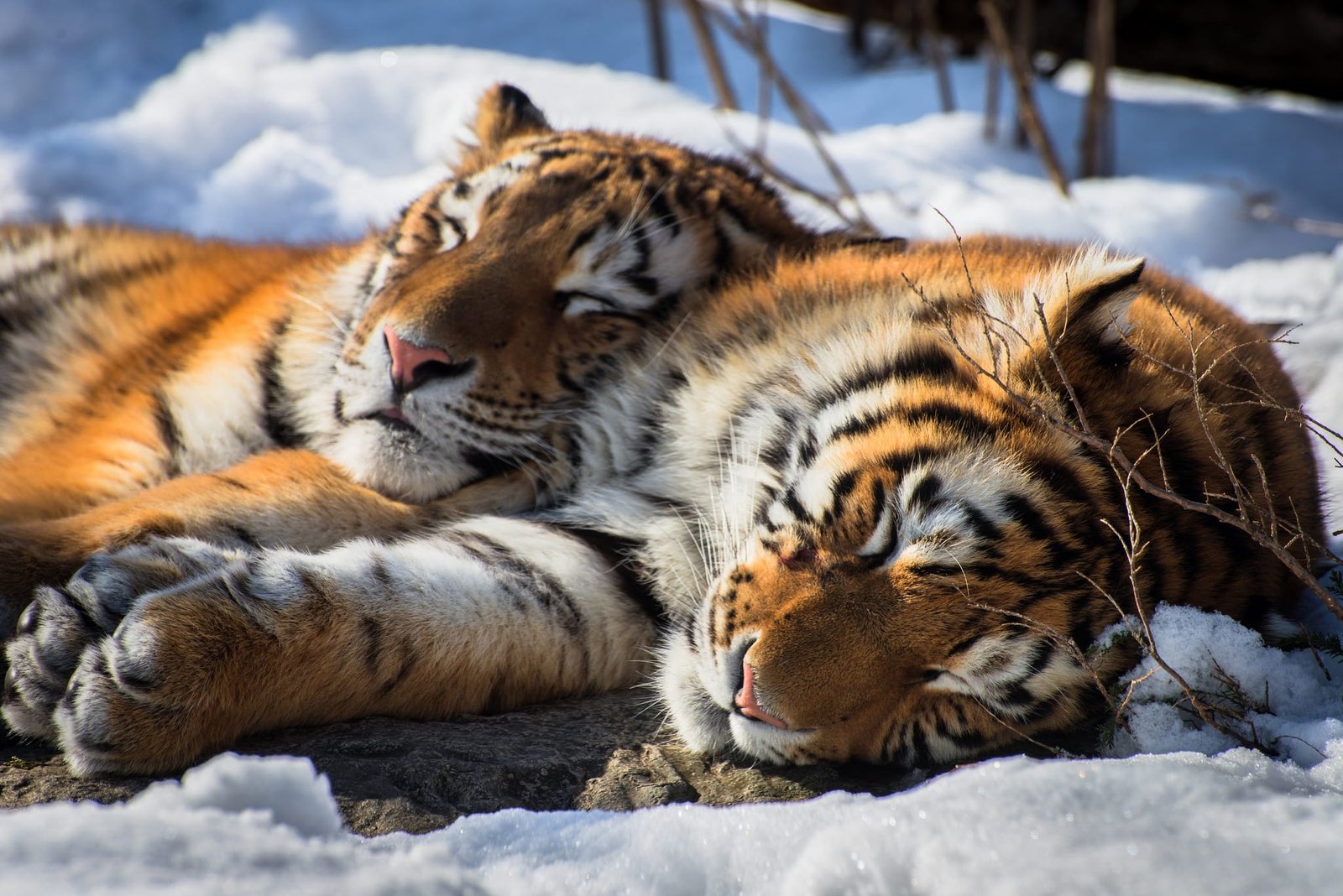In part one of our exploration into the sleep habits of animals
we looked at how pets like dogs and cats, as well as wild animals like elephants and dolphins, sleep in very different ways. Now, let’s dive into how even more animals rest, recharge, and adapt their sleep patterns to their environments and lifestyles.
1. Sloths: The Sleep Masters of the Trees
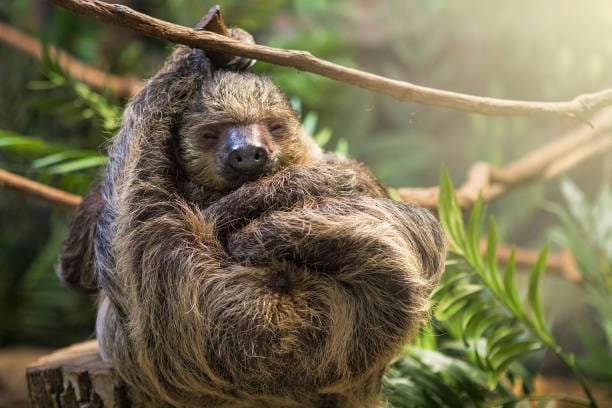
Sloths are renowned for their slow-moving lifestyle, and this is reflected in their sleep habits as well. These creatures spend a massive amount of time sleeping, up to 20 hours a day. They are arboreal animals, which means they live in trees, and their sleep typically happens in the safety of these high branches.
Sloths sleep in a curled-up position, hanging upside down by their strong claws. Their slow metabolism and diet of leaves, which are low in energy, require them to sleep a lot in order to conserve energy. Their slow movements, combined with their extended sleep, are part of an energy-saving strategy that helps them thrive in their natural habitat. Interestingly, sloths only come down from the trees about once a week to use the bathroom!
2. Horses: The Half-Sleepers
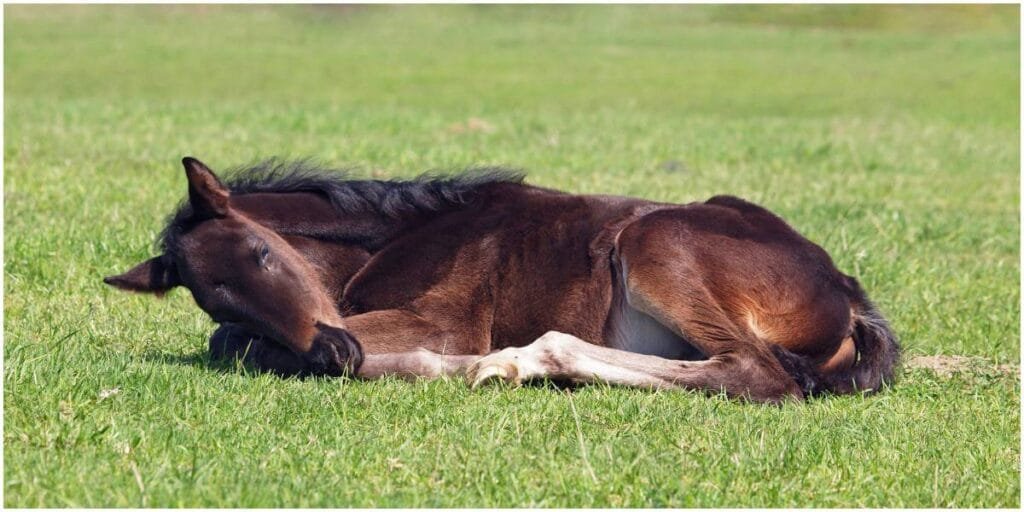
Horses are interesting sleepers because, although they may appear to be resting, they actually spend less time in a deep sleep compared to humans. Horses generally need about 3 to 5 hours of sleep each day, but they don’t necessarily sleep all at once. They usually take short naps, especially while lying down.
Interestingly, horses can sleep standing up thanks to a unique locking mechanism in their legs, which allows them to remain alert even while resting. This adaptation helps them stay safe in the wild, as they can quickly flee from predators. However, horses do enter a deeper sleep phase when lying down, which is crucial for their mental and physical health.
3. Bees: The Tiny Sleepers
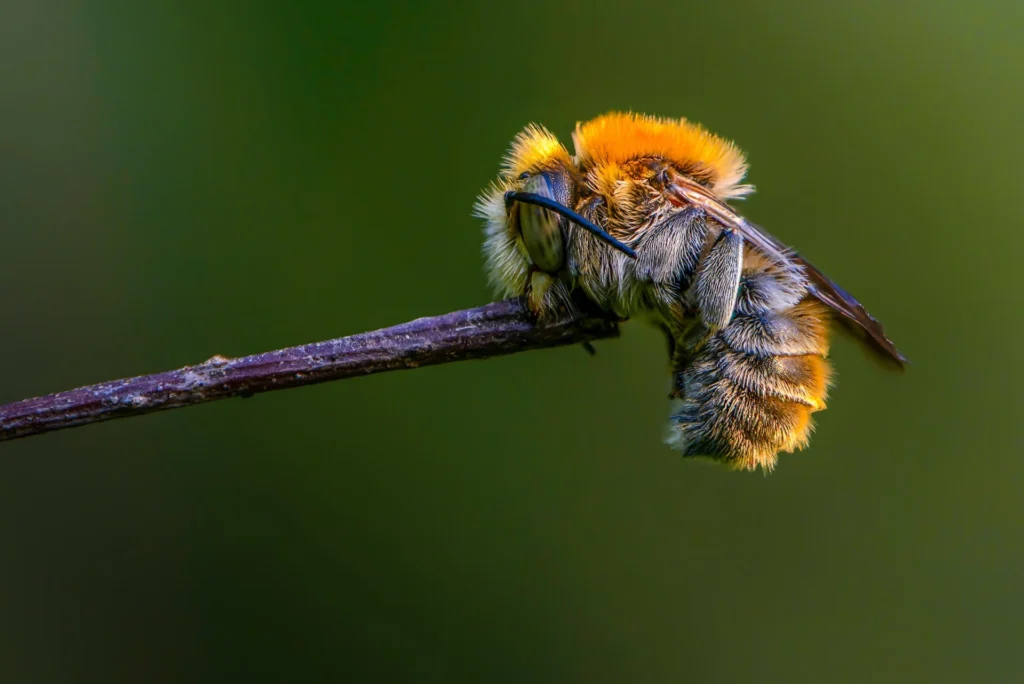
Despite their small size, bees have intriguing sleep habits. Bees are generally active during the day, foraging for nectar and pollen, but they sleep at night or when it’s dark. While it may seem like they rest quietly in their hives, bees’ sleep cycles are surprisingly complex.
Bees sleep for around 5 to 8 hours each day, but the way they sleep varies. Some bees enter a deep sleep, while others experience lighter sleep. When they sleep, their bodies become immobile, and their antennae even stop moving. This sleep is important for memory consolidation and learning, particularly for tasks like navigating back to the hive after gathering nectar.
4. Tigers: The Stealthy Sleepers
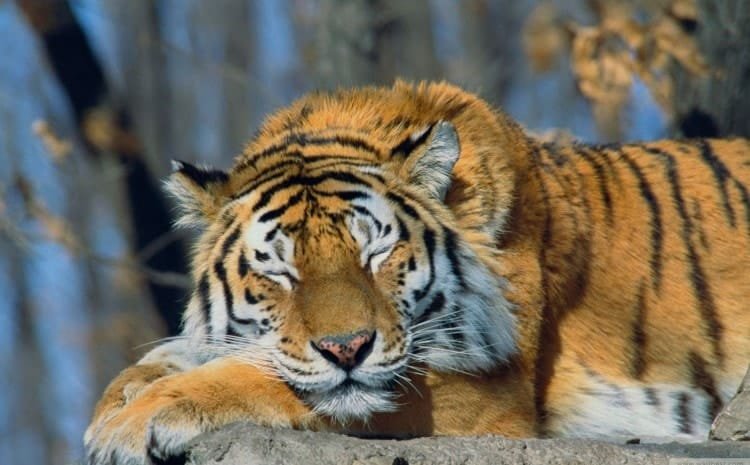
Tigers, the large and powerful predators of the wild, sleep for a significant portion of the day. They typically sleep around 16 to 20 hours each day, especially after eating a large meal. Tigers are solitary animals, and their sleep patterns allow them to conserve energy for the hunt.
Tigers are crepuscular, which means they are most active during the dawn and dusk hours. This sleep pattern is beneficial for hunting, as their prey, such as deer and wild boar, are also more active at these times. While sleeping, tigers usually rest in shaded areas or dense vegetation to stay cool and hidden from other predators.
5. Crocodiles: The Quiet Resters
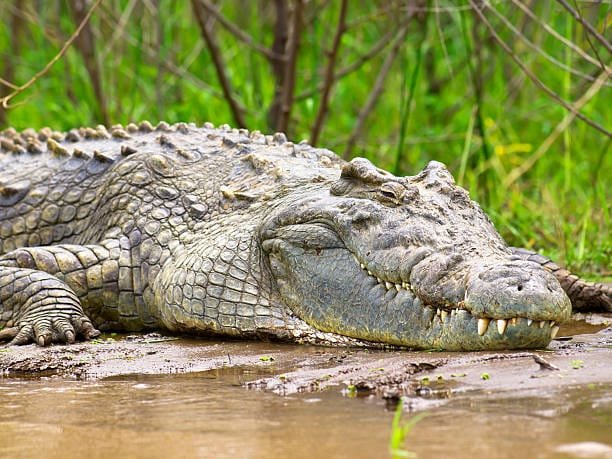
Crocodiles, like other reptiles, have unique sleep habits that differ from those of mammals. These cold-blooded creatures sleep both on land and in the water. Crocodiles do not have a deep sleep like mammals but enter a lighter, more restful state.
Crocodiles sleep for about 8 to 10 hours each day. While resting, they can remain partially alert to their surroundings, making them aware of any potential threats or prey nearby. Crocodiles often sleep with their eyes open, as they have specialized mechanisms to keep their eyes moist even when they’re resting. It’s said that they also close one eye at a time to rest their brain, similar to the way dolphins sleep with one half of their brain at a time.
6. Penguins: The Sleepers of the Ice
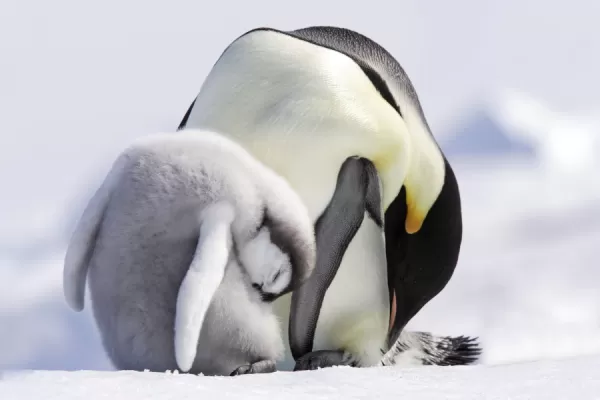
Penguins, the adorable flightless birds of the Antarctic, have their own unique way of sleeping. They live in some of the harshest climates on Earth, where survival requires special adaptations. Penguins generally sleep for up to 10 hours a day, but their sleep is often interrupted by their need to hunt for food.
When penguins sleep, they do so while huddling together in large groups, known as rookeries. This helps them conserve heat in the cold environment. Penguins sleep both standing and lying down, depending on their species. They also sleep with one eye open, maintaining awareness of their surroundings to avoid predators like seals and orcas.
7. Lions: The King’s Rest
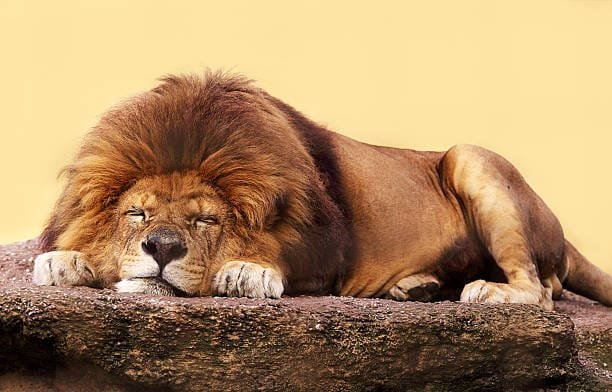
Lions are known for being powerful predators, but they also spend a large portion of their day sleeping. Lions typically sleep for about 16 to 20 hours a day. However, unlike tigers, lions are social animals and sleep in groups called prides.
Lions spend much of their sleep time lying in the sun or in shaded areas, often relaxing after a large meal or a hunt. While they sleep, the female lions, who usually do the hunting, remain alert and tend to the pride. Male lions, with their magnificent manes, often rest and conserve energy for when they are needed to protect the pride or assert their dominance.
8. Chameleons: The Color-Changing Sleepers
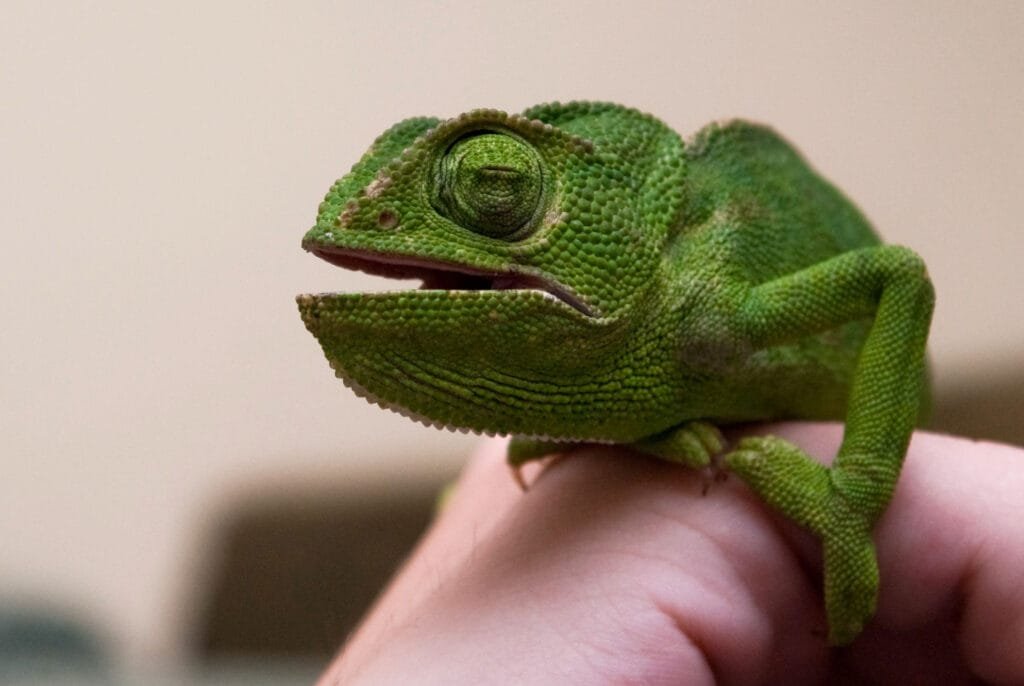
Chameleons are fascinating reptiles known for their ability to change color. Their sleep habits are just as interesting! Chameleons sleep for about 12 hours a day, but they do so in a very distinctive way. They typically sleep while perched on branches or other elevated surfaces, hanging in a relaxed position.
Chameleons sleep with their eyes closed, and during the night, they enter a state of deep rest. However, they are still vulnerable to predators, so they rely on their excellent camouflage and ability to blend into their environment while they sleep.
The Wonders of Sleep in the Animal Kingdom (Part 2)
Just like in part one of this article, we can see that animals have evolved incredibly diverse sleep patterns to suit their lifestyles, environments, and survival needs. From the long naps of sloths to the short bursts of rest in crocodiles, animals have unique ways of adapting to the demands of their natural habitats.
Whether it’s staying alert for predators, conserving energy for hunting, or simply making the most of limited food resources, sleep plays a crucial role in the survival of every animal. By understanding how animals sleep, we gain a greater appreciation for the fascinating ways they’ve adapted to the world around them.

